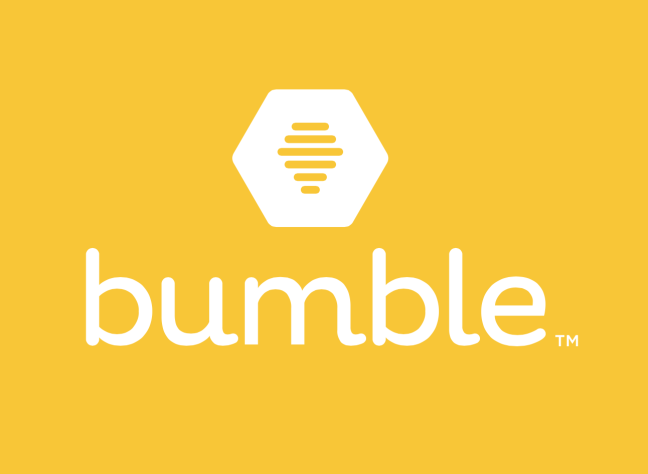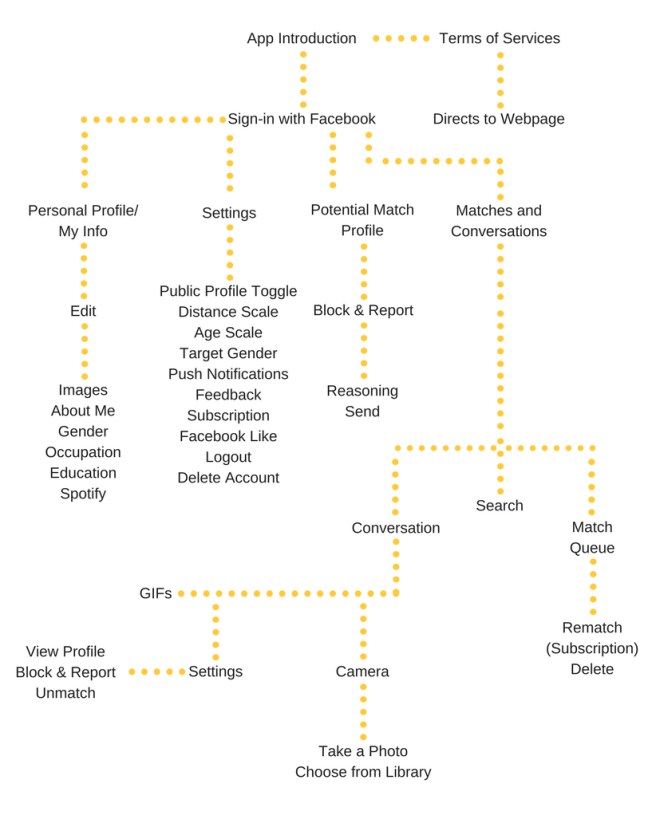Bumble follows a “swiping concept,” where users must physically swipe left (no) or right (yes) to determine whether they wish to match with other users. To give a different perspective of online dating, Match.com is a great example of a successful online dating platform that has a different interface and target market than Bumble. As Match.com has over 22 years of experience, the site has a variety of different aspects than Bumble and should be taken seriously as a competitor.
While Bumble tends to attract people in their twenties, 48.6% of Match.com members are between the ages of 30 and 49, and the group of users over 50 is the fastest growing age demographic for the site. The target audience for each platform affects the method of attracting users and the type of interface available for users.
Users are able to filter the types of people they see on Match.com beyond gender and location preferences like Bumble. Users on Match.com can determine matches based on height, body type, marital status, faith, ethnicity, smoking and drinking habits, education and more. Instead of swiping to match, users can send “winks” or messages to the people they wish to connect with. More information is available for interested parties, as the “about me” sections are not limited to 300 characters. Increasing the amount of initial information on the online dating platform allows users to make more thoughtful decisions when connecting with others.
Another major difference between Match.com and Bumble is the way each platform attempts to attract users. While Bumble focuses on developing interest by promoting confident women, Match.com advertises longevity of relationships. If a user signs up with Match.com, he or she will find the right person and fall in love, which could be a factor in the older age group of users compared to “swiping” apps.

Although Match.com targets a different age group and promotes using the site to find love and start a relationship, Match.com acquired multiple other sites to increase the threat of the company to smaller companies like Bumble. Match Group, Inc. also owns Tinder, OkCupid and PlentyOfFish, three other major online dating platforms that compete with Bumble. Despite the major differences between Bumble and Match.com, Bumble must remember the size and strength of Match.com and act accordingly.






